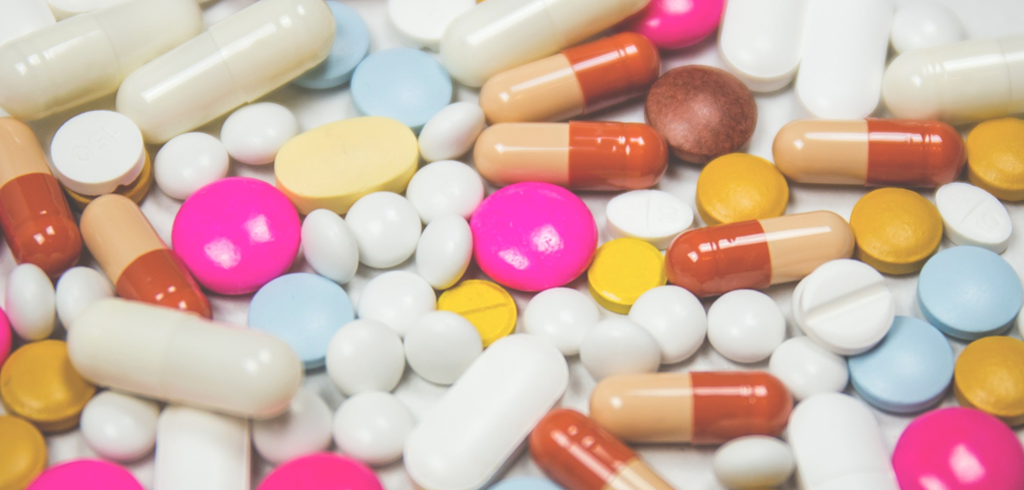
Painkillers: A Growing Threat to our Planet?
Globally, pharmaceutical products are consumed in excess of 100,000 tonnes each year and not all are aware of how pharmaceutical production impacts the environment on a negative level. With no clear end in sight, this phenomenon has toxic effects on both animals and humans. This industry is largely unregulated and needs more efforts and awareness.
Pharmaceutical Active Ingredients (APIs) as well as other chemical ingredients are released into the environment during their manufacture, use, and disposal. The APIs in drugs are released in large amounts to the environment during human and veterinary consumption as between 30 and 90% of an oral dose is excreted in urine as active substances. Over 600 different APIs have been detected in the environment in drinking water, waste water, sewage sludge, and soil.
The environment is exposed to pharmaceutical products at various stages of their life cycle, but particularly during the manufacturing process. The discharge of antibiotics into the environment is one of the main threats since it encourages the natural evolution of antibiotic-resistant pathogens that are difficult to treat. The health effects of pharmaceutical pollution are more direct and serious for people living near production plants whose food supply is contaminated with waste pharma products.
Listed are the major effects of painkillers on the environment:
- Surface waters become contaminated with painkiller residue during the manufacturing process.
- Humans metabolize painkillers, which are subsequently excreted in trace amounts into the sewage system.
- The soil and surface waters are contaminated by pharmaceutical waste used by pasture animals.
- Direct pollutants are released into the atmosphere during the production process.
- Unused painkillers and pharmaceuticals are frequently discarded into public water systems via sinks, toilets, and landfills.
Research in the impact of drugs on the environment shows that it is a growing and severe concern that still remains. For environmental reasons, the Swedish Medical Products Agency (Läkemedelsverket) recently filed a suggestion to the Swedish government to stop the sale of painkillers in grocery stores and gas stations. Swedish Medical Products Agency work aims to impel environmental issues internationally, read more.
One example is efforts to introduce greater environmental considerations into EU legislation and regulations. Also, Svenskt vatten CEO Pär Dalhielm says that expensive upgrades to the wastewater treatment plants are needed to reduce the emissions of environmentally hazardous pharmaceuticals such as diclofenac.
Considering the wastewater treatment can be a major solution to all the above mentioned problems. Recently Finnish Catalytic society awarded Soudabeh Saeid for the best PhD thesis about catalysis (2019-2021). This thesis, Destruction of selected pharmaceuticals by ozonation and heterogeneous catalysis, describes the use of a SpinChem Rotating Bed Reactor (RBR) with a heterogeneous catalyst in a setup called catalytic ozonation. In this thesis, degradation of four frequently detected pharmaceutical molecules in the Baltic Sea region, ibuprofen, carbamazepine, diclofenac and sulfadiazine was accomplished with an RBR.
Thus, in today’s complex pharmaceutical operations, treating waste water remains a major challenge. The use of an RBR is proven to be an effective and cost-efficient method for wastewater treatment. To find out more about Rotation Bed Reactors, get in touch with us.

